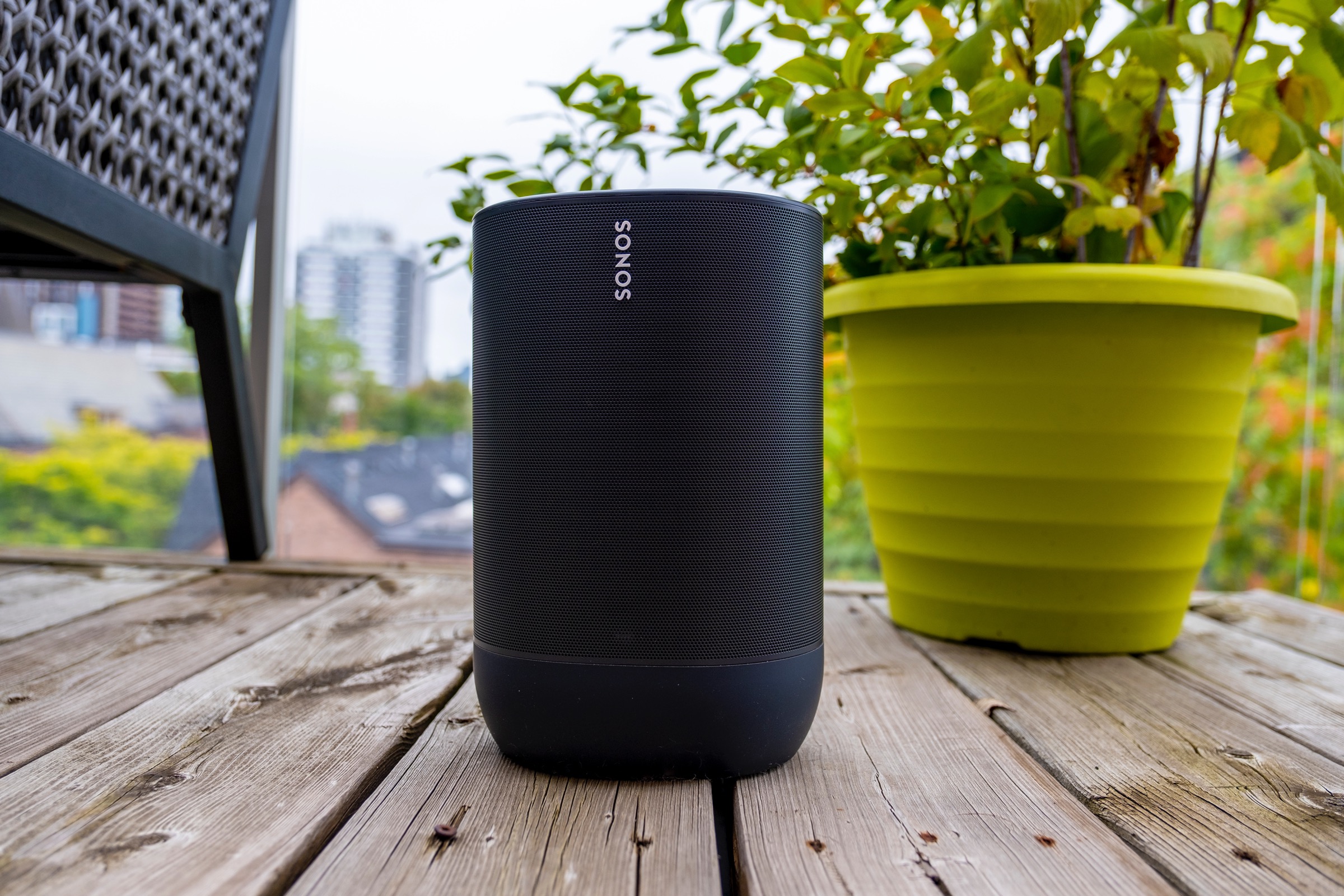Cracking the Code: Unlocking the Secrets of DTMF and Revolutionizing the Way We Interact with Technology
In the age of smartphones and voice assistants, it's astonishing to think that there's still a layer of complexity beneath the surface of our everyday interactions with technology. One such phenomenon that has long fascinated tech enthusiasts and researchers alike is DTMF, or Dual-Tone Multi-Frequency. This secret language, used by phones to transmit important information, has remained largely under the radar until now. In this article, we'll delve into the world of DTMF, exploring its history, functionality, and the implications it has on our daily lives.
DTMF has been the backbone of telecommunication systems for decades, providing a reliable and efficient means of transmitting data over phone lines. The technology was first introduced in the 1960s, as a way to overcome the limitations of traditional switchboard systems. Since then, DTMF has become an essential component of modern telecommunications, playing a critical role in emergency services, telemarketing, and even customer service.
One of the most significant advantages of DTMF is its ability to transmit data in a compressed and efficient manner. Unlike traditional methods of transmitting data, which involve sending a series of digital signals, DTMF uses a specific sequence of tones to convey information. This approach not only reduces the amount of data required to transmit a message but also enables real-time communication between the caller and the receiver.
How DTMF Works
So, how does DTMF actually work? To understand this, let's take a closer look at the technology behind it.
The Dual-Tone Approach
DTMF relies on a simple yet ingenious approach to transmit data. When a phone button is pressed, it generates a specific sequence of tones, which are then transmitted over the phone line to the receiver. The tones are typically in the range of 200-4000 Hz, with each tone representing a specific digit (0-9).
The Multi-Frequency Component
The "multi-frequency" part of DTMF refers to the use of multiple tones to convey different pieces of information. By combining multiple tones, DTMF can transmit data such as phone numbers, names, and even simple instructions.
The Encoding Process
The encoding process is a critical step in DTMF transmission. When a phone button is pressed, the phone's transmitter sends a specific sequence of tones to the receiver. The receiver then decodes the tones and translates them into a meaningful message.
The Decoding Process
The decoding process is equally fascinating. When the receiver receives the DTMF tones, it uses a specific algorithm to translate the tones into a human-readable message. This algorithm takes into account the frequency and duration of each tone, as well as the timing between them.
Real-World Applications of DTMF
DTMF has a wide range of applications in the real world, from emergency services to telemarketing and customer service.
Emergency Services
DTMF plays a critical role in emergency services, such as 911 systems in the US. When a caller dials 911, the system automatically transmits the caller's location and other critical information to the emergency responders.
Telemarketing
DTMF is also widely used in telemarketing and telesales, where it enables callers to quickly and efficiently enter phone numbers and other relevant information.
Customer Service
Many companies use DTMF to provide customer service, allowing customers to quickly and easily enter their phone numbers and other relevant information.
The Future of DTMF
As technology continues to evolve, it's likely that DTMF will continue to play a significant role in our daily lives.
Voice Assistants
The rise of voice assistants, such as Siri and Alexa, has raised questions about the future of DTMF. While these assistants can already perform many tasks, they may eventually replace traditional phone-based systems.
Internet of Things
The Internet of Things (IoT) is another area where DTMF may play a role. As more devices become connected to the internet, there may be a growing need for efficient and reliable data transmission.
Conclusion
In conclusion, DTMF is a complex and fascinating technology that has been at the heart of telecommunications for decades. From its early days as a solution to switchboard limitations to its widespread use in emergency services, telemarketing, and customer service, DTMF has proven itself to be a reliable and efficient means of transmitting data.
As technology continues to evolve, it's likely that DTMF will continue to play a significant role in our daily lives. Whether it's in the form of voice assistants, IoT devices, or other emerging technologies, DTMF is likely to remain an essential component of modern telecommunications.
Common Uses of DTMF
• Emergency Services: DTMF is used in emergency services, such as 911 systems, to transmit critical information to emergency responders.
• Telemarketing: DTMF is widely used in telemarketing and telesales to quickly and efficiently enter phone numbers and other relevant information.
• Customer Service: Many companies use DTMF to provide customer service, allowing customers to quickly and easily enter their phone numbers and other relevant information.
Troubleshooting Common DTMF Issues
• Faulty Transmitters: Faulty transmitters can cause issues with DTMF transmission. To troubleshoot, check the transmitter for damage or corrosion.
• Interference: Interference from other devices can cause issues with DTMF transmission. To troubleshoot, move the device away from other electronic devices.
• Misconfigured Receivers: Misconfigured receivers can cause issues with DTMF decoding. To troubleshoot, check the receiver's settings and configuration.
Real-World Applications of DTMF in the Healthcare Industry
• **Tele
Yumieto Of
The Prophecy Taylorwift
Carly Jane Fans
Article Recommendations
- Jelly Beansrome
- Karlanenio Case Pos
- Who Ihad Kroeger Married To
- Kaitlyn Kremsd Pos
- Are Mykie And Anthony Padillatillating
- Lyra Crowd
- Peggy Prescott
- Jocelyn Wildenstein
- Justine Musk
- Saxon Musk



